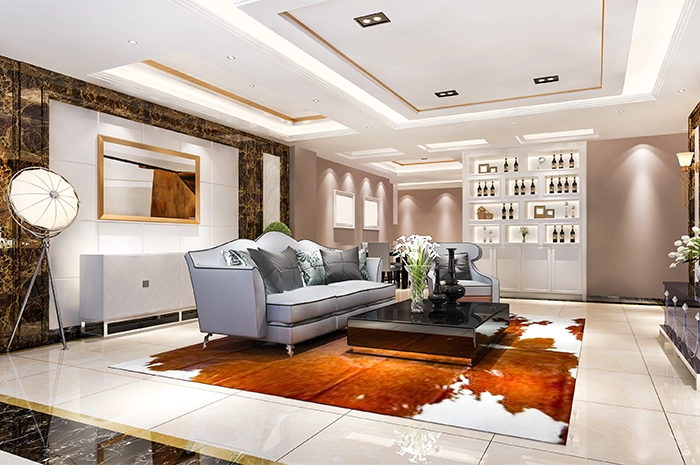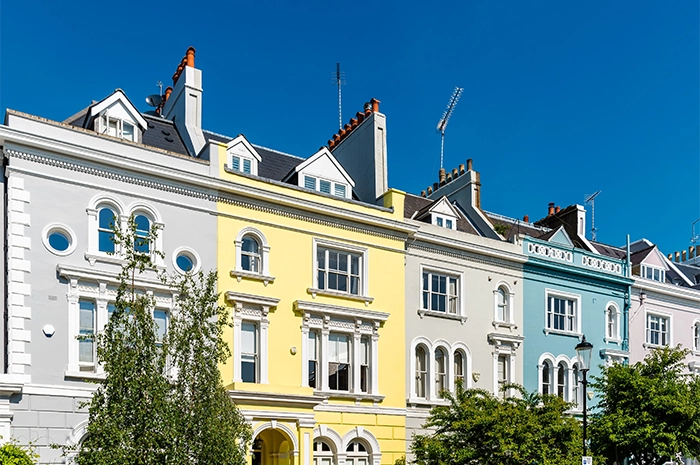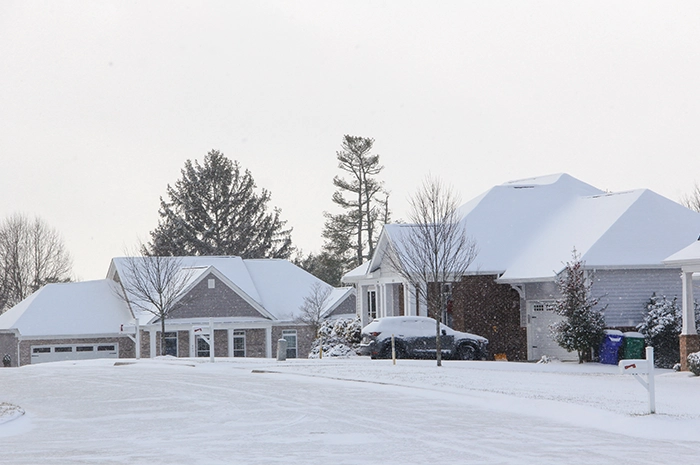You might have noticed the interest in modular home design. This is due to a number of factors, such as new construction technologies and rising house prices. Modular construction—or “prefab construction,” as it is also called—is not new. It has a rich history in the United States, from Frank Lloyd Wright’s Usonian Automatic Concrete Homes to Sears catalog homes.
Module homes offer alluring possibilities, from lower prices to greater sustainability. But what are modular homes, and are they really everything their manufacturers say they are? This is important to know. For example, if you’ve got a client who wants a prefab home constructed but doesn’t know the details, the project could end unsuccessfully.
So let’s dive in.
Table of Contents:
Introduction to Modular Home Design
A modular home, also called a system-built, factory-built, prefabricated or prefab home, is a house that is built indoors in a factory or factory-like setting. The “modules” are transported to the required location, where a builder assembles them.
Since modular homes are developed indoors, they can be completed in weeks, instead of months or years. There are various reasons for this, including the fact that they do not suffer from delays that are caused by the weather.
Modular home design and construction, like other homes, have to conform to specific building codes, rules, and guidelines. Additionally, like other homes, they are not limited in design. Any kind of architectural detail your client desires can be added. They can last as long as traditional or “stick-built” homes if constructed and maintained properly.
Recommended Reading:
However, there are some major differences from traditional homes. One of the most prominent ones is the foundation.
Modular homes are meant to be placed on a crawl space or basement foundation, also called a perimeter permanent foundation. This foundation can be a block or poured wall.
The homes cannot be placed on a slab foundation; they need a way to fasten to the foundation.
The Increasing Popularity of Modular Home Design
Certain countries have taken to prefabricated houses more than others. For example, Japan and Sweden construct large numbers of modular homes every year. On the other hand, in the UK, only about 15,000 modular homes are built yearly, while the capacity is around 75,000.
The global market for modular construction is expected to grow at a CAGR of 6.1%, from 75.89 billion USD in 2021 to 114.78 billion USD in 2028. Within the market, the commercial sector has the largest market share. This is largely due to the growing number of start-ups in developing nations. For instance, in 2018, India saw a 108% growth in start-up investments.
Modular vs. Other Homes
1. Modular Homes vs Manufactured Homes
Manufactured homes (sometimes but not always called mobile homes) and modular homes are not the same thing.
-
Manufactured houses are not built on permanent foundations. They can be moved between locations, and specific regulations and laws apply to these relocations.
-
While manufactured homes are also built in factories, the sections are usually far larger (20–45 ft. long and 8–16 ft. wide). Due to the size, several localities require that these homes be connected to foundations.
2. Modular Homes vs Prefab Homes
Usually, modular and prefab homes refer to the same thing.
Note that “prefab home” is a catch-all term for houses developed with sections that are connected together off-site.
3. Modular Homes vs Mobile Homes
“Mobile home” is just another term for a manufactured home built before June 15, 1976. Housing and Urban Development replaced the term mobile home with a manufactured home.
Modern Prefab Home Cost
There is no hard and fast rule regarding the cost of a modular home. However, it will likely cost less than a traditional home—about 10–35% less.
Generally, the cost of a prefabricated house will depend on your choice of floor plan, which forms part of the construction documentation. Aside from the land cost and additional fees, modular homes may cost you about 100–200 USD per square foot. Hence, for a 1,000-square-foot house, the price would be between 180,000 and 360,000 USD.
Are Modular Homes Safe?
There are no significant safety concerns specific to modular homes that are also not found in traditional homes. Sound inspection, an appropriate site, and an ideal foundation are needed for both kinds of homes. Furthermore, according to the Federal Emergency Management Agency (FEMA), modern prefab homes hold up in extreme weather, such as hurricanes.
If there are disadvantages of prefab homes, they have nothing to do with safety.
Disadvantages of Modular Homes
-
Land needs to be purchased first.
-
You will need to add plumbing, sewage, and electrical hook-ups on-site, as well as build a foundation.
-
Construction loan may be required initially to finance the home.
-
Modular homes can’t be built on subdivisions.
-
After the modular home is attached to the foundation, the construction loan will need to be converted into a longer-term mortgage. You will have to go through the home loan process to do this.
-
Restrictions on types of buildings in certain areas.
-
Modular homes are banned in certain jurisdictions.
-
Since some parts are built in factories, customization may be somewhat limited.
We hope that this article has given you an insight into modular home design and whether it suits you or your client. What do you think of modular homes? Let us know in the comments!
Regardless of the type of home, all of them require sound architectural drawings so they follow building codes and are built to the client’s satisfaction.
BluEntCAD provides drafting services to home builders, real estate developers, large architectural and engineering companies, custom home designers, and new home designers. Browse our portfolio to see how companies like yours have benefitted from our services.
Ready to give your client the residential building of their dreams with high-quality construction drawings? Contact us now!
Maximum Value. Achieved.







 The Features Buyers Want in London Properties
The Features Buyers Want in London Properties  Emotional Design: How Architecture Affects Mood
Emotional Design: How Architecture Affects Mood  Building Design for Extreme Cold: The Architecture of Climate Change
Building Design for Extreme Cold: The Architecture of Climate Change  Contractor vs Subcontractor vs Builder: What’s the Difference?
Contractor vs Subcontractor vs Builder: What’s the Difference?